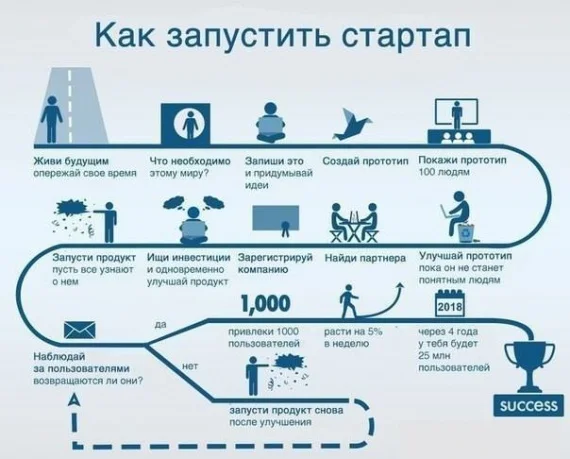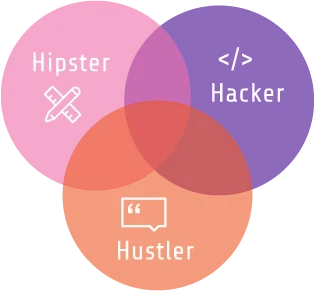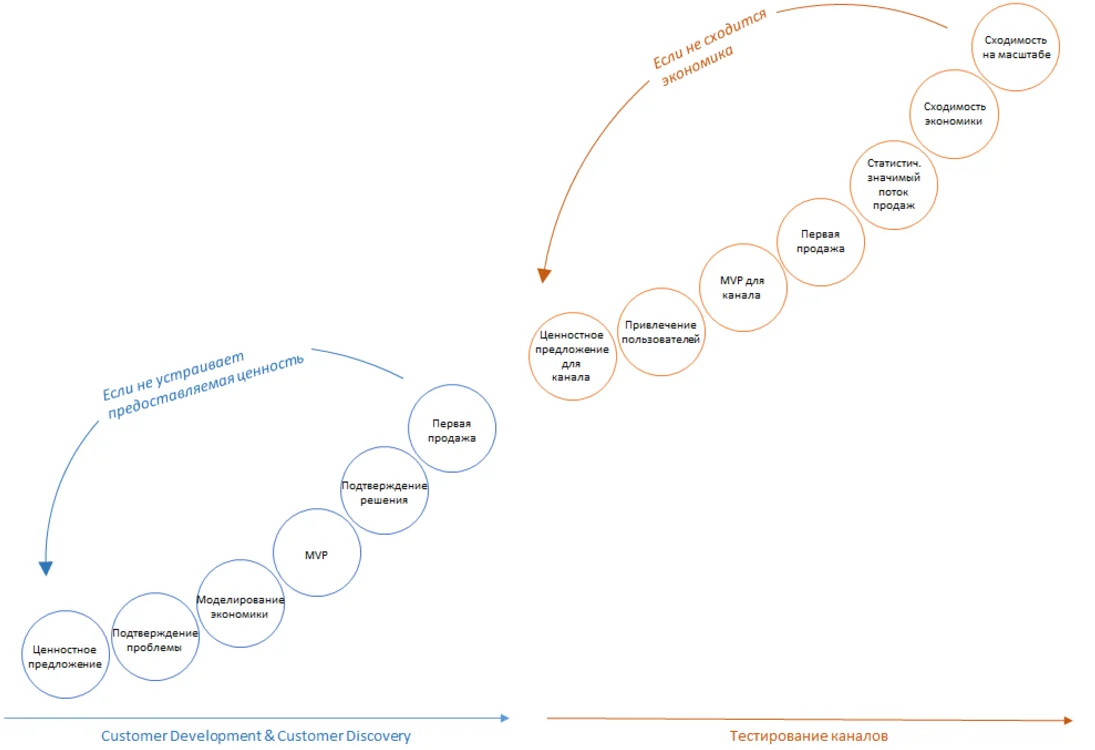Stop solving problems that don’t exist
I think we need to look not for ideas for a startup, but for the problems of potential customers, and I suggest publishing a list of problems from different markets in order to stimulate startups to solve real problems.

I recently attended an event in a business incubator
Told about trends and technologies. Then there was a training on how to come up with an idea for a business, and finally a practical part. We unite in teams, generate ideas, choose the best one, fill Lean Canvas and we pitch it.
Here we go
I tell the girl next to me: “You write it down, and I turn on the creative.” I think people want this:
Charging from body heat for gadgets.
So that when the smartphone falls, the rubber spikes swell in all directions, and then the rubber spikes deflate – then the screen will not break.
wife for an hour. You come home, call her – she cooks food and leaves without demanding alimony.
Credit in two minutes – if the restaurant suddenly discovered that the bill is more than you have money with you.
Pee if stuck in a traffic jam.
Cork evacuation. You leave the car and take the subway, and they drive her home.
Chose the idea of charging a smartphone
They realized that a person does not generate enough heat to charge, and they proposed to build a mechanical converter into the shoes. The user walks, the lever is pressed, energy is generated, the charge of the smartphone is always 100%. We counted the target audience, channels of attraction, cost – the economy converges. They pitched with brilliance and took first place.
But idea generation is not a business.
Creative ideas increase self-esteem, it’s fun, interesting – and completely useless. It’s not even that the idea has already been implemented. one, two, three times. And not that none of those present had an engineering education. And not even that we did not think about how to transfer energy wirelessly from a shoe to a smartphone.
No one asked the client: does he even need it?
At many startup events, the focus is on the search for a brilliant idea.
Talented visionaries in black turtlenecks team up, take public speaking lessons, and pitch the idea to investors. The most advanced ones have developed an MVP and have their first sales. Finally, the jury deliberates – and here it is, victory! Friends are preparing to dismantle the “unicorn” for parts.

After a while, it turns out that no one needs the product, and the first sales were made by an acquaintance and participant in the same camp. Startups keep beering endlessly and eventually become depressed. Investment analysts walk around with a facepalm and cannot explain why they gave money for outright trash. The organizers of camps and hackathons are, in fact, engaged in learning from scratch the subject area and tools for building a business. You don’t have to do that.
Smart people came up with the Lean method
She saysthat the thought up idea doesn’t matter. Moreover, there is no need to try to sell your brilliant insight to a client. First you need to spend a lot problematic interviews with potential clients. Listen to them, understand what hurts them, how much, how they solve the problem now, how much they lose or do not earn on it, how many people have the same problem. If there is a market and a solution is found, you can calculate the economy. You must earn more than you spend.
If everything is in order, you need to make an MVP
And “M” here is from Manual, not from Minimum. The next step is to “decisional» interview to validate the price of the product. If everything is still in order, you need to attract users in different channels and check the convergence of the economy. The product is finished, and the solution is scaled to other regions, countries, planetoids.

Well, now you can dismember the “unicorn”?
Theoretically, yes. Hardly ever.
The problem is that few startups know how to conduct client interviews. Often they simply do not have access to the right people. A student is unlikely to interview a bank director. B2B start-ups whose clients are companies receive the first response to their offer: “Send us a commercial offer!”. Companies want to understand what you’re going to sell them and don’t want to meet just to talk. To solve this problem, it is advised not to break through “cold” calls through the secretary, but to look for people “to talk” through acquaintances, LinkedIn, and offer to feed them for free at the meeting.
Who is to blame – it’s clear, but what to do?
I propose to conduct a series of studies on different markets: fintech, business, education, retail, and so on, and publish the results in the following format:
Problem.
How is it handled now.
How important is the problem, how many resources are lost because of it.
Who specifically has this problem and who will pay for its solution.
Where they are looking for a solution to the problem: websites, media, advertising.
Here’s what it’s for:
Startups will save time on problematic interviews and will solve real, not fictional problems.
Incubators, investment funds and accelerators will get more mature teams in terms of product and market matching, and will be able to run hackathons and camps more productively.
The media will receive full-fledged analytics about the problems that need to be addressed.



